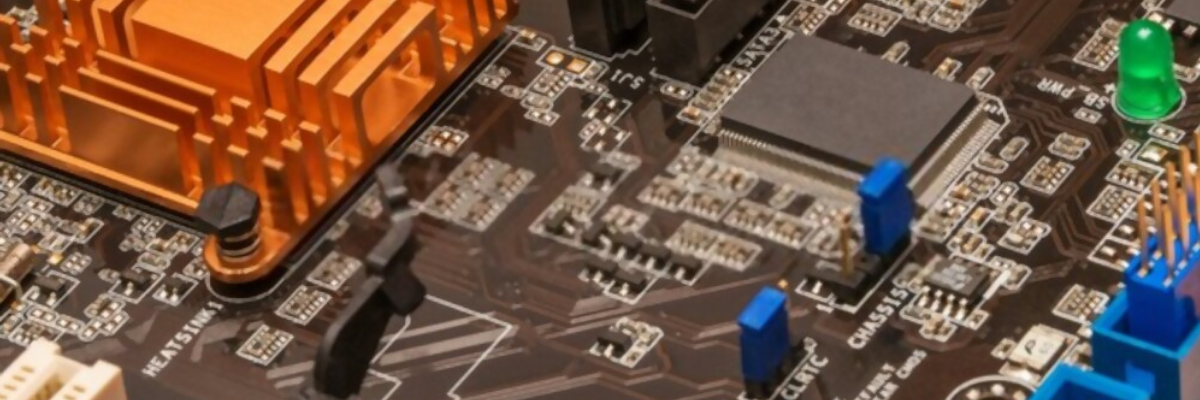

Ceramic Printed Circuit Boards (PCBs) are the latest innovation that has gained popularity in the last few years. Ceramic PCBs use an organic compound called polyimide as the solder paste and a ceramic (alumina, beryllia, phosphate) as the substrate material. These PCBs are an alternative to the conventional PCB technology that is based on FR-4 glass epoxy laminated with a thin layer of copper. The market for ceramic PCBs is still in its infancy but it is growing rapidly due to their unique properties as well as cost effectiveness. They offer several benefits over traditional FR4 based PCBs, including thermal conductivity, chemical resistance, electrical insulation and high thermal shock resistance. They are widely used for military and aerospace purposes, but have recently made their way into the consumer electronics industry, particularly IoT devices. This post analyzes the benefits offered by these PCBs over regular FR4 PCBs and their application.
There are several benefits of using ceramic printed circuit boards. They help reduce the size and weight of the end product significantly, whilst augmenting the energy efficiency. High quality surface finish (due to its flatness), high temperature resistance, and low dielectric constant are their other notable advantages. Additionally, ceramic boards are durable and can resist abrasion, which means they can be used in areas where there is high mechanical stress. The other beneficial features of ceramic PCBs are as follow:
Ceramic PCBs are often used in harsh environments and microelectromechanical systems (MEMS). They are commonly used in space, military, aerospace, and automotive applications. All these industries have high-reliability requirements. They can't afford to fail when it is needed the most!
A few of the applications of ceramic PCBs are:
Ceramic PCBs are popular these days as they have some amazing benefits over traditional PCBs to improve the performance of end products. The rise in demand has triggered growth of PCB manufactures who offering the service of designing and fabricating ceramic boards. The most important factor to consider when choosing a PCB manufacturer is quality and experience. If the finished PCB doesn’t meet your industry quality guidelines, there are all chances that your end product won’t succeed. That’s why it is important to choose a manufacturer that takes quality seriously like Twisted Traces. The company provides customers with reliable ceramic PCBs in quick turnaround time with expected level of quality. Get in touch with the team Twisted Traces and understand their capabilities in ceramic printed circuit boards manufacturing.
.png)
